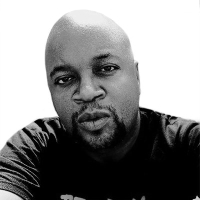Music
Getty
Aretha Franklin Dead at 76: A Queen Who Embodied Black Music’s Spirit and Vision
R.I.P.
The ‘Queen of Soul,’ who passed away at the age of 76 after a battle with cancer, was so much more than even that lofty moniker implied.

Trending Now





